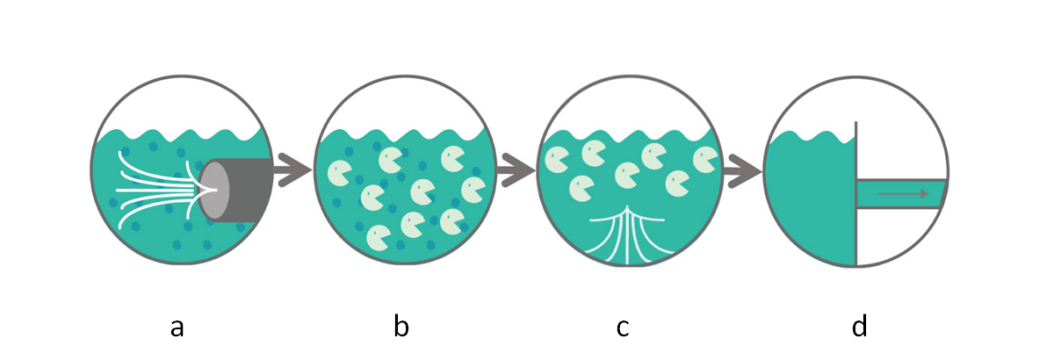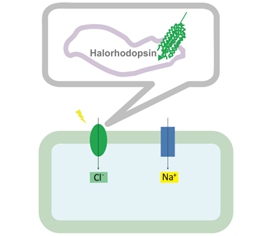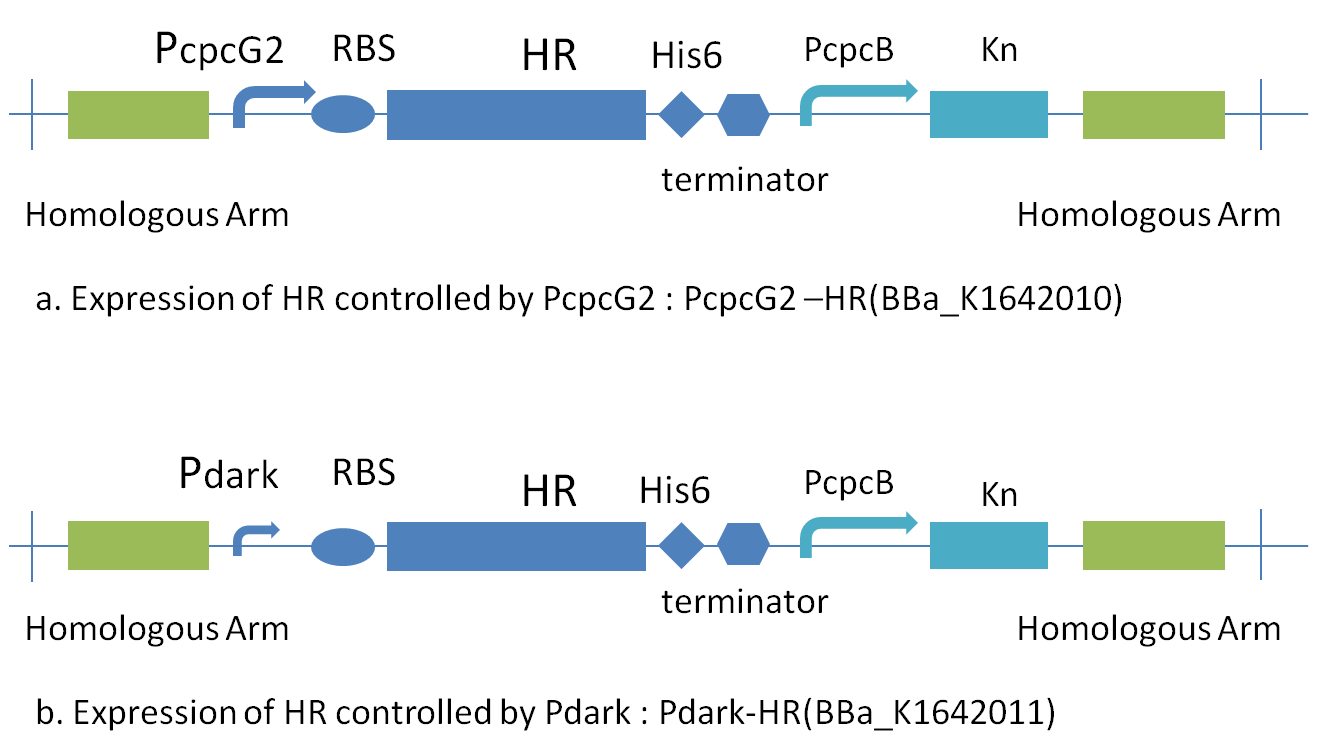Description
Contents
Introduction to Biodesalination
Water security is an urgent global issue, especially because many regions of the world are experiencing, or are predicted to experience water shortage conditions: More than one in six people globally do not have access to safe drinking water (United Nations, 2006).(Amezaga, J. M. et al. 2014) Seawater comprises 97% of the Earth’s water resource; consequently, several efficient methods have been developed to generate freshwater from the ocean, among which reverse osmosis has been used for desalination in the largest scale. However, the high energy consumption of these technologies limits their application greatly.
Here we introduce a new method of desalination called biodesalination, which means to absorb sodium chloride from saltwater through biological membranes of photosynthetic organisms. The energy source of biodesalination is sunlight, which makes it a sustainable, energy-efficient and environment-friendly process. Cyanobacteria possess salt-tolerance mechanisms which allow them to live in environments with different and changing salt concentrations. Together with salt-tolerance, the following characteristics make them an ideal organism for biodesalination: fast-growing, photoautotrophic, amenable to genetic transformation.
The proposed industrial biodesalination process is shown in Figure 1. High-density of culture should be achieved prior to the absorption of salt. And upstream intake and downstream cell-water separation are also necessary.
Biodesalination driver- Halorhodopsin
Halorhodopsin (HR) is a light-driven inward-directed chloride pump from halobacteria and we use it as our biodesalination driver which confers cyanobacteria the ability to absorb chloride to a significant degree. As for sodium, it is proposed that the negative membrane potential generated by halorhodopsin would drive the influx of cation through sodium ion channels. Additionally, cyanobacteria can actively export sodium ion which requires H+ gradient or ATP as the energy source. Therefore, the functional expression of halorhodopsin and depletion of ATP reserving in cyanobacteria could be regarded as the keys to the success of biodesalination. Figure 2 shows the simplest principle of biodesalination.
Controllable Expression of Halorhodopsin
According to the desalination process in Figure 1, a controllable expression of halorhodopsin, our biodesalination driver, is essential to achieving efficient biodesalination. Because high-level expression of this chlorie pump at early time may decrease the growth rate significantly. We selected promoter PcpcG2 and promoter Pdark as our biodesalintion controller and we transformed the two vectors to Synechosystis sp. strain PCC6803 as shown in Figure 3. To know more about our promoters, please visit next section.
Reference
Amezaga, J. M., Amtmann, A., Biggs, C. A., Bond, T., Gandy, C. J., Honsbein, A., & Templeton, M. R. (2014). Biodesalination: a case study for applications of photosynthetic bacteria in water treatment. Plant physiology, 164(4), 1661-1676.
Next: Desalination controller








